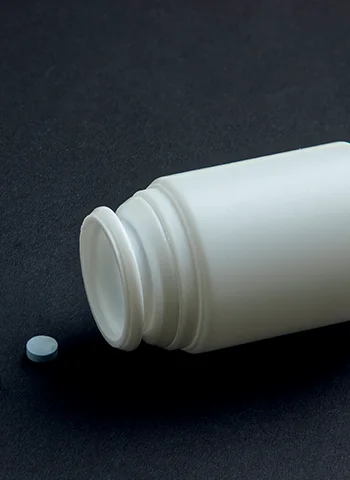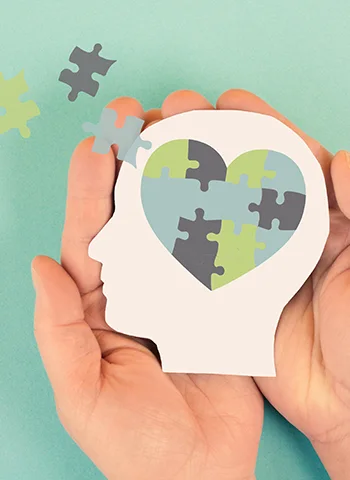Pentazocine Addiction Treatment
Struggling with pain and relying on medication can sometimes take an unexpected turn, leaving you feeling caught between relief and dependence. What starts as a way to cope may slowly begin to feel like something harder to control.
If you find yourself in this place, know that you’re not alone, and recovery is possible. Professional opioid addiction treatment provides the structure, therapies, and support you need to regain control and rebuild your wellbeing. With the right guidance, healing becomes not just a goal, but a realistic next step.

Take the First Step Towards Recovery
Steps Together offers personalised support and proven treatments, providing the care, guidance and encouragement you need to move forward with confidence and build a healthier future.

Understanding Pentazocine Addiction
Pentazocine, sometimes sold as Talwin, is a synthetic opioid drug. Doctors often prescribe it for pain relief after surgery or for ongoing moderate to severe pain. It works by attaching to opioid receptors in the brain and spinal cord, which helps block pain signals.
Like other opiates, its pain relief may also bring mild euphoric effects, although these are typically less intense due to its mixed agonist-antagonist properties. If misused, these effects can cause people to use the drug in ways that are not directed by their doctor. Over time, your body can become accustomed to the use of pentazocine, leading to dependence and a higher risk of prescription drug abuse.
How Pentazocine Addiction Develops
Addiction can begin after repeated use of drugs like pentazocine, even when you take the medicine as prescribed. As your body adjusts, you may need higher doses to get the same relief, which is a sign of growing tolerance.
If you use pentazocine for a long period or take more than prescribed, you may develop a substance use disorder. This can include cravings, using the drug to avoid pentazocine withdrawal symptoms, or being unable to stop despite negative effects.
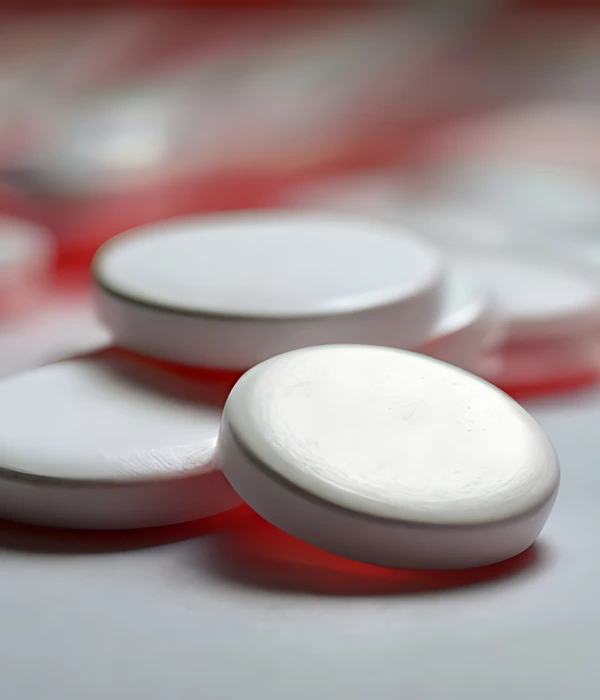

Signs and Symptoms of Pentazocine Addiction
Common signs of pentazocine addiction include using the drug more often than prescribed or trying to get it from multiple doctors. Cravings, compulsive drug-seeking, or needing larger doses for the same effect are typical.
Physical symptoms can include drowsiness, confusion, or changes in sleeping and eating habits. You may experience withdrawal symptoms like sweating, shaking, nausea, and anxiety when you try to stop. The effects of the drug can affect the overall quality of life.
Pentazocine Addiction Rehab
Pentazocine addiction is treated using professional medical approaches, including structured drug rehab programmes, counselling, medication, and ongoing support. Each treatment option is chosen based on your specific needs and can help you safely stop using pentazocine and build a plan for long-term recovery.
Inpatient and Outpatient Rehab
Inpatient rehab programmes require you to stay at a treatment facility full-time. You receive 24-hour medical care, individual therapy, and group activities in a controlled setting. This is especially useful if you have severe dependence or withdrawal symptoms.
Outpatient rehab is more flexible. You live at home and attend scheduled sessions at a clinic. Outpatient care works well if your addiction is mild or you have strong support at home. Both inpatient and outpatient rehab may include drug education, medical detox, and relapse prevention plans.
Behavioural Therapies
Behavioural therapies are an important part of pentazocine addiction treatment. The most common is cognitive behavioural therapy (CBT), which helps you understand why you use pentazocine and how to manage cravings, stress, or triggers.
CBT involves working with a counsellor to develop new habits and coping skills. You will learn how to challenge unhealthy thoughts and respond better to stress. Therapy may be one-on-one or in groups.
Individual and Group Therapy
Individual and group therapy both play vital roles in overcoming drug addiction. In pentazocine addiction treatment and rehab, individual therapy can give you a safe space where you can explore the underlying cause of your substance abuse and learn how to cope with your triggers and cravings.
In group therapy, you connect with others who are also in substance abuse treatment. This helps you find a support system, which is vital in addiction recovery. This can be a place where you can practise the coping skills you learn in one-on-one counselling.
Aftercare and Relapse Prevention
Aftercare supports you after rehab to help keep you drug-free. Common aftercare steps include regular check-ins, continued counselling, and attending support groups. Many people join communities such as Narcotics Anonymous or similar groups for ongoing encouragement.
Relapse prevention may involve creating action plans for high-risk situations. You may work with a therapist to identify triggers and rehearse how to deal with them. Access to therapy and peer support groups makes it easier to ask for help quickly if you need it.
Other opioid addiction treatment we offer

Risks and Effects of Pentazocine Misuse
Taking pentazocine tablets without medical supervision may significantly increase the risk of addiction and dependence. Over time, your body can build a tolerance, which means you’ll need higher doses to achieve the same pain relief or euphoric effects. This pattern can escalate quickly and lead to overdose, which can be life-threatening.
You might also experience strong cravings, mood swings, and psychological changes. Feelings of confusion, irritability, and emotional instability are common. Episodes of euphoria may be followed by profound depression or anxiety. Without proper treatment, this cycle can be difficult to break and may severely impact your mental and physical health.
Long-Term Health Risks
Long-term pentazocine abuse can lead to serious and lasting health consequences. Repeated injection may result in severe skin and tissue damage, including abscesses, ulcers, and infections at the injection site. Internally, chronic use can harm vital organs such as the liver and kidneys and negatively impact mental health.
Continued pentazocine use can alter your brain chemistry, reducing your ability to feel pleasure naturally and increasing emotional instability. Relationships, employment, and daily functioning often suffer. Stopping suddenly can trigger intense withdrawal symptoms.
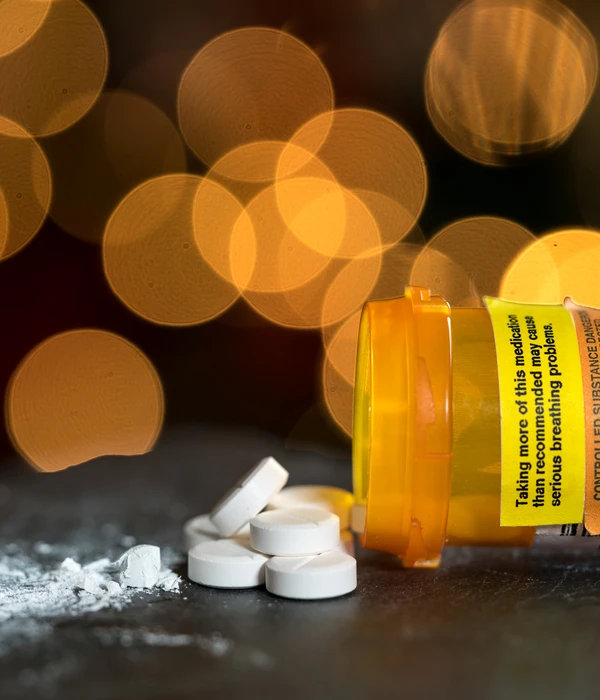
Pentazocine Withdrawal and Detoxification
Pentazocine withdrawal symptoms may include anxiety, restlessness, muscle aches, sweating, nausea, vomiting, and insomnia. You could also have cravings, be irritable, and have mood swings. These symptoms can be both physically and emotionally distressing, making professional support important for a safer withdrawal process.
Detoxification is the first step in treating pentazocine dependence. Medical detox is led by trained professionals who monitor and support your health as your body clears the drug. The detoxification period can take a few days to over a week, depending on your situation.
Managing pentazocine withdrawal safely often means entering a supervised medical setting. Trying to quit on your own can be risky because of the chance of strong symptoms or relapse. Sometimes, medications are given to help control withdrawal signs such as anxiety and agitation.
Pentazocine Use in Pain Management
Pentazocine is a synthetic opioid prescribed for moderate to severe pain. Its unique effects on opioid receptors distinguish it from other pain medications such as morphine and meperidine.
Medical Uses
Pentazocine is commonly prescribed when other pain management methods do not provide sufficient relief. As a mixed opioid agonist-antagonist, it can be particularly effective for treating moderate to severe pain.
It is often used following surgeries, injuries, or in situations where ongoing pain needs to be managed without relying on more potent opioids. Its unique action makes it a suitable option for patients who need pain relief but may be at risk of dependence or adverse effects from other narcotic medications.
Role of Opioid Receptors in Pain Relief
Pentazocine acts on opioid receptors in your brain and spinal cord. Unlike morphine or meperidine, which are full agonists, pentazocine is a mixed agonist-antagonist. This means it activates some opioid receptors and blocks others.
Pentazocine mainly stimulates the kappa receptor, which contributes to pain relief and can produce dysphoric effects in some patients. It partially blocks some receptors, which lowers the risk of severe respiratory depression compared to full agonists like morphine.
Prescribing Guidelines
Pentazocine dosing is carefully tailored to each patient, with healthcare providers aiming to use the lowest effective dose to manage pain while minimising side effects and the risk of dependence.
The medication may be administered orally, by injection, or in a combination form with naloxone, which helps deter misuse by blocking euphoric effects if injected. Regular pentazocine use requires close medical supervision to monitor effectiveness, watch for signs of misuse, and adjust the treatment plan as needed for safety.
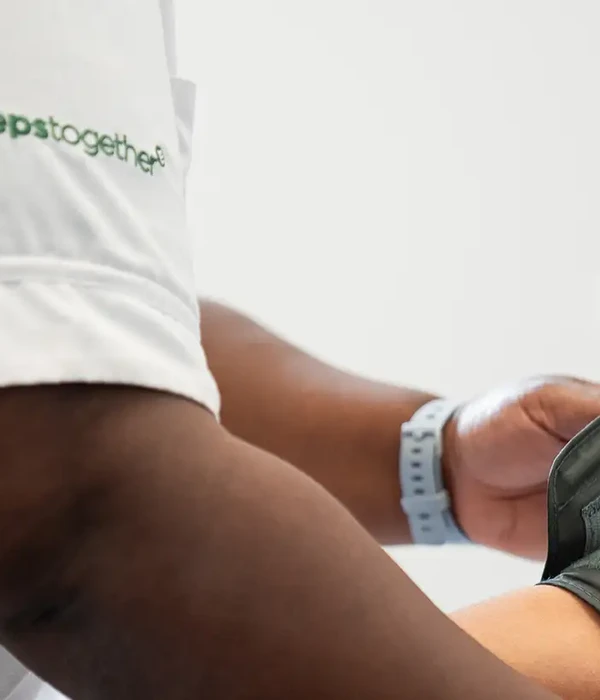
We Offer Pentazocine Rehab
If you see yourself struggling with opioid misuse or addiction, it’s important to remember that recovery is absolutely possible. Addiction does not have to define your future or control your life.
At Steps Together, we offer pentazocine addiction treatment designed to support your unique journey to recovery. Through a combination of medical care, therapy, and ongoing support, you can overcome dependence, rebuild your confidence, and regain control.
Frequently Asked Questions
What are the initial steps in treating opioid dependency?
You should first consult a healthcare professional who specialises in addiction. They will carry out a thorough assessment, looking at your physical health, patterns of drug use, and history of substance misuse. Sometimes, admission to a facility such as a specialist rehab centre is needed for close supervision and medical support.
What options are available for long-term management of opioid addiction?
You may be offered medicines like buprenorphine or methadone, which help manage cravings and prevent relapse. Therapy and regular follow-up visits are important parts of ongoing care. Long-term treatment also includes lifestyle changes and support plans to help you avoid triggers.
Are there any specific therapies recommended for those recovering from opioid misuse?
Cognitive behavioural therapy and motivational interviewing are proven therapies used in opioid addiction recovery. You may take part in group sessions or one-on-one counselling. These therapies focus on changing habits and thinking patterns tied to drug use.
Can you describe the withdrawal management process for opiates?
Withdrawal from pentazocine and other opioids can be difficult, with symptoms like chills, muscle pain, and anxiety. Medical teams often use tapering schedules or medications to reduce these effects and keep you safe. You might be monitored in a hospital or rehab setting during acute withdrawal.
How does one handle cravings and potential relapse in opioid recovery?
Cravings are common in recovery, but tools such as cognitive behavioural therapy can teach you how to manage them. Identifying triggers and having a plan to respond to urges is crucial.
What role do support groups play in the recovery from opioid addiction?
Support groups such as Narcotics Anonymous can give you encouragement and a sense of community. Sharing experiences with others who have faced similar challenges helps reduce feelings of isolation. Regular meetings can be a key part of your recovery journey and provide accountability.


